The Italian Renaissance gave rise to the use of visual media to tell well-known Biblical stories, often with an intention of imparting moral and ethical lessons. Sculptures, paintings, and architecture, commissioned by both the Catholic Church as well as private citizens, left artists the task of taking a written text and visualizing a specific moment from the narrative. In capturing these pivotal moments from popular Biblical stories, artists offer viewers their own interpretations of canonical texts. During this class we will explore the choices that Renaissance and Baroque artists made in creating their masterpieces by comparing them to the original text. Participants will gain an understanding of the interpretive choices made by of these artists and how they can help us interpret the text in new ways.
This class is for anyone interested in discussing art and Jewish texts; no prior art experience needed.
Lindsay Flammey Furman (she/her) is a lifelong lover of Jewish learning. Her professional journey as a Jewish educator has encompassed a wide variety of Jewish settings including University of Miami Hillel, Temple Beth Elohim (Wellesley, MA), Schechter Boston, and now Lehrhaus. Lindsay approaches learning, studying, and teaching as a relationship-based endeavor, both with her chevruta and with the text itself. In addition to taking delight in parsing and translating Biblical Hebrew texts, Lindsay finds joy in playing disc golf, reading a good book, and going for long walks with her husband and dog.

